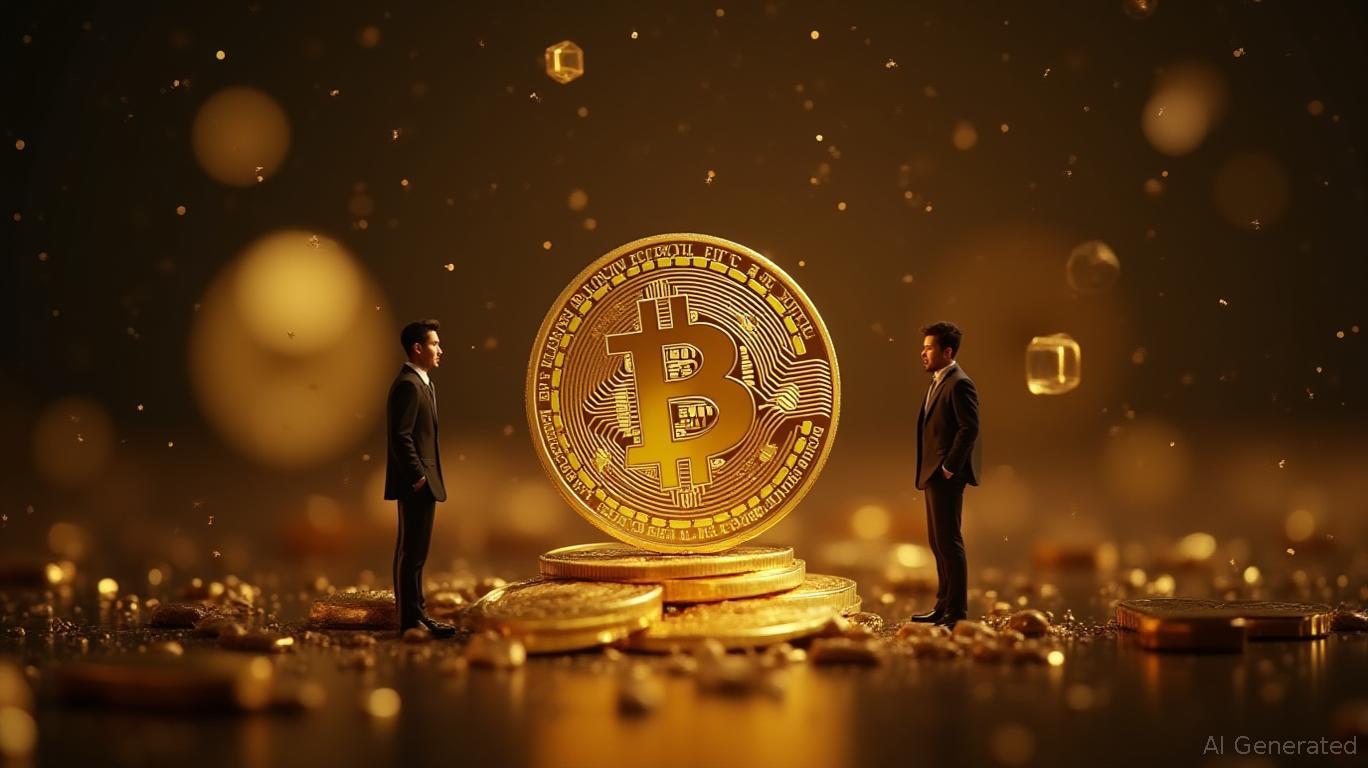Brad Garlinghouse Reaffirms Ripple’s Real-Time Payments Vision
Quick Take Summary is AI generated, newsroom reviewed. Brad Garlinghouse promoted fee-free, instant payments in new video. Ripple targets costly 3% credit card fees with blockchain solutions. RippleNet settles payments in seconds at minimal cost. Over 300 institutions use Ripple’s On-Demand Liquidity.References X Post Reference
Ripple CEO Brad Garlinghouse saw a vision of a world in which money transfers as instant, fee-free. Garlinghouse described the present-day financial systems as broken and stated that payments ought to flow like mail in a video posted on October 27, 2025, by the account of @TheCryptoSquire. He claimed that digital economy needs real time and low cost payments.
Imagine this: 💭
— John Squire (@TheCryptoSquire) October 27, 2025
Money moving every second.
No delays. No fees. Just flow. 💸
That’s not sci-fi, that’s Ripple’s reality.
Brad Garlinghouse saw it before anyone else:
the world where payments move like emails. ⚡ #XRP #Ripple pic.twitter.com/lwuvIzgx61
Garlinghouse Highlights Expensive
According to Garlinghouse, one of the key inefficiencies consisted in 3% credit card fees. In his statement, he said that consumers and businesses lose billions of money annually due to middlemen. The data of the Federal Reserve of the U.S confirms that merchants pay 1.5% to 3.5% as an average transaction fee. Ripple is seeking to reduce such expenses by the use of blockchain technology and the XRP Ledger, which can handle transactions in fractions of a cent.
RippleNet allows global transfer of funds within a few seconds. All transactions incur a fee of approximately 0.0001 XRP which is significantly low compared to the 20-50 dollars the conventional systems such as SWIFT would charge. The On-Demand Liquidity (ODL) network already links more than 300 financial institutions in the world, provided by Ripple. The XRP Ledger processes 1,500 transactions in a second, which is faster than the legacy systems.
Payment Models Real-Time Payments Transform
Garlinghouse envisioned payment being made continuously. He said that salaries, bills, subscriptions might run by the minute, rather than by the month. He gave the example of Netflix where people paid only when they actually watched the video. The change would make the business more transparent and efficient and less financially frictional.
Global institutions like Santander, SBI Remit, and Tranglo already use the technology of Ripple. According to the report of the company on 2025, network volume increased more than 40 percent annual, year by year. According to analysts, the amount of funds that can be paid per day through Ripple is more than 30 billion, which makes it a genuine threat to the old payment systems.
XRP Boosted by Market Progress
Ripple settled the majority of its SEC lawsuits in 2024. The partial victory made the matter of XRP as non-security in secondary markets clear, and institutional uptake increased once more. XRP is trading around $0.68 and has over 1.5 billion in volume on a daily basis. The inflows into institutions totaled $84 million last week and this indicates the revived confidence.
The number of credit and debit card transactions amounts to approximately 30 trillion around the world annually. A 3 percent fee is equivalent to 900 billion in expenses. The model developed by Ripple may remove most of that, liberating liquidity of businesses and consumers. According to McKinsey, it is possible that by 2030 global blockchain payments will amount to 16 trillion due to such solutions as RippleNet.
Competing Technologies
There are also faster payments in Bitcoin and Ethereum which have delays and fees. The average block time of Bitcoin is 10 minutes, and the fees of Ethereum depend on the congestion. The four seconds settlement time of Ripple provides an operational advantage of Ripple to the enterprise. Analysts claim that the performance of the XRP makes it more attractive to financial institutions compared to other prominent cryptocurrencies.
Disclaimer: The content of this article solely reflects the author's opinion and does not represent the platform in any capacity. This article is not intended to serve as a reference for making investment decisions.
You may also like
Bitcoin Updates: Bitcoin's Price Fluctuations Now Similar to Gold, Intensifying the 'Digital Gold' Discussion
- Bitcoin's quarterly volatility narrowed to 0.2% of gold's, fueling "digital gold" debates as analysts highlight its growing store-of-value appeal. - JPMorgan and BlackRock's crypto integration, plus $113B in corporate Bitcoin holdings, signal accelerating institutional adoption despite ETF outflows for Ethereum. - Geopolitical tensions and Trump's controversial Bitcoin debt proposal contrast with gold's $2.5T market loss, challenging traditional safe-haven narratives. - Institutional "dolphin" wallets co

Ethereum Update: Trump-Xi Meeting and Federal Reserve Actions Intersect—The Future of Crypto Remains Uncertain
- Trump-Xi summit in South Korea aims to resolve U.S.-China trade disputes, potentially stabilizing crypto markets reliant on supply chains. - Fed's 25-basis-point rate cut (96.7% probability) and Ethereum ETF decision (October 30) could drive crypto rebounds via risk-on sentiment and institutional inflows. - Bitcoin surged to $113,500 post-trade agreement but faces volatility risks from geopolitical tensions and AI-driven crypto heists by North Korean hackers. - Sector catalysts include MegaETH ICO, Black

Solana News Today: Regulators Approve Solana ETFs, Marking a Major Step Toward Widespread Crypto Adoption

BNB News Update: Clearer Regulations Boost Altcoin Confidence as Major Institutions Invest Billions
- Trump's pardon of Binance founder Zhao sparks 3.6% BNB surge to $1,121, signaling potential altcoin supercycle amid regulatory clarity and institutional adoption. - BNB's Coinbase/Rollinhood listing and $5.3M BNB acquisition by Applied DNA highlight growing institutional confidence in altcoin yields and market accessibility. - Upcoming Fed rate cuts and ETF approvals could accelerate crypto adoption, though Bitcoin's 60% dominance may temporarily cap altcoin gains. - Market infrastructure expansion (IBM'

